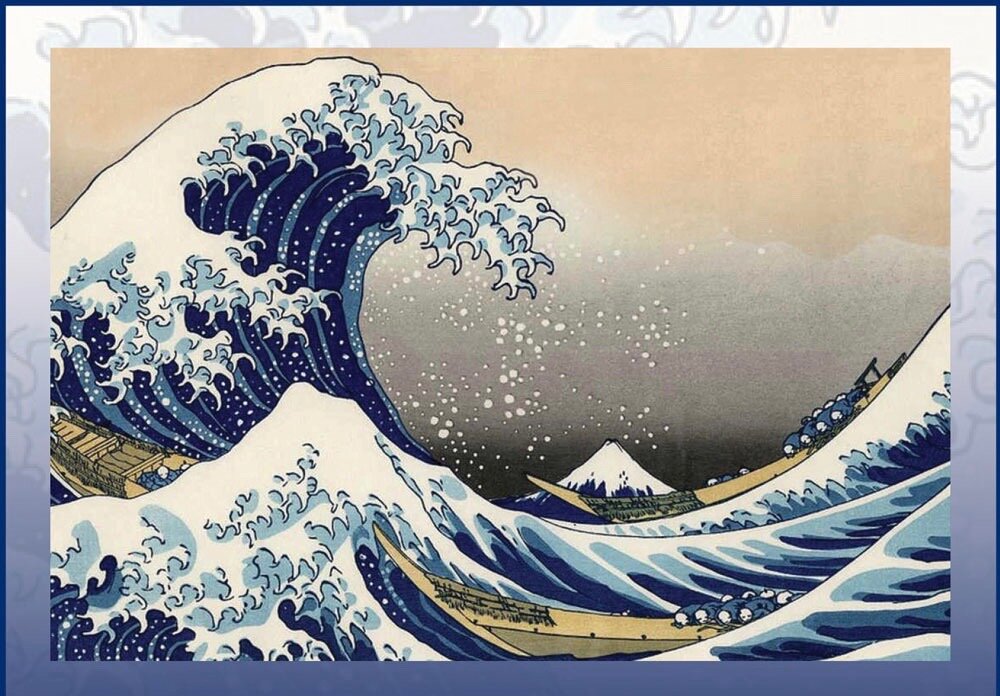Meditation teacher Heather Sundberg and Manuela Mischke-Reeds, psychologist, who have collaborated to develop somatic practices to counter Collective Reactivity and Collective Trauma, developed these Six Practices for restoring resiliency. These are as follows: 1) Remember to move when any sense of overwhelm or reactivity is sensed. Even when or especially when sitting in meditation, you can bring subtle movements into the body. We practiced with placing the hands on the thighs and gently pressing each finger down in turn. So movement doesn’t have to be large or gross or disruptive to the meditation but enough to bring us back to our bodies and interrupt any movement toward the freeze mode of fight, flight or freeze or numb out or disassociate. 2) Turn toward the water element in the body. This means bringing awareness to wetness in the mouth or eyes or the way water moves in the torso in response to the breath as the lungs expand. 3) Bring awareness to your perception of aliveness in the body. This might be found in the internal tingling, resonances, movements found in the hands or feet or perhaps movements in the torso, or sensations in the skin and muscles of the arms and shoulders. 4) Bring Mindfulness to bear to recognize, accept, and investigate your experience - perhaps checking to see if one of the hindrances are present (wanting, not wanting, agitation or restlessness, sleepiness or torpor, doubt). 5) Offer Compassion to yourself by a self hug or caress, by murmuring to yourself, “This is hard. May I have compassion for this suffering. May I accept myself as I am.” This directly activates awareness of the First Noble Truth - There is Suffering. And 6) Savoring the Pleasant. When we become aware of a pleasant experience, looking at a sunset or bright day, enjoying a moment with a friend or family member, pet, or child, enjoying a concert, all of these and more can soothe and restore our minds. So the idea of this practice is to savor the pleasantness rather than nodding briefly to it and stepping over it looking for the next problem. These practices can become a part of your resiliency tool kit and can travel with you anywhere.
This weekend I attended a one day, on-line workshop/retreat with Pawan Bareja called "Rejuvenation, Relaxation, and Resiliency” offered through Spirit Rock Center for Mindfulness in California. Pawan Baraja works with trauma on both an individual and collective level. I first became acquainted with her as she offered practices to counter reactivity and freeze in a course on resiliency in the face of environmental emergency/crisis.
On Saturday she talked about how we can increase our resiliency through practices supporting letting go, gratitude, and forgiveness. Tonight* I’ll share a body practice she offered that is a great preparation for sitting practice but also for easing reactivity and also for general relaxation.
And I’d like to dip into a practice offered in the Sattipathana Sutta. This is one of the foundational teachings of the Buddha that I introduced briefly last fall. You may recognized it as The Four Foundations of Mindfulness. The four are as follows: Mindfulness of the Body, Mindfulness of Feeling Tone (positive, negative, or neutral), Mindfulness of the Mind which includes thoughts, emotions, mind states, and Mindfulness of the Dharma which translates as both the way things are and the teachings of the Buddha. If you’ll recall, mindfulness was one of the path factors of the Noble Eight-Fold path found in the Fourth Noble Truth. (I repeat this often to help make these terms and teachings a bit more familiar to you.) The practice I want to touch on tonight is another way of practicing Mindfulness of the Body called Mindfulness of Anatomical Parts. This practice might fall under the heading above of practices for letting go and heightens awareness of aspects of the body as individual parts to foster a more curious and dispassionate relationship to the body thereby loosening our attachment and/or our aversion to our bodies.
* The class referred to in these pages is Mindfulness Meditation for Stress Reduction, a free on-line class offered Monday evenings at 5:30pm through Innerlight Center for Yoga and Meditation. https://www.innerlightyoga.com/

